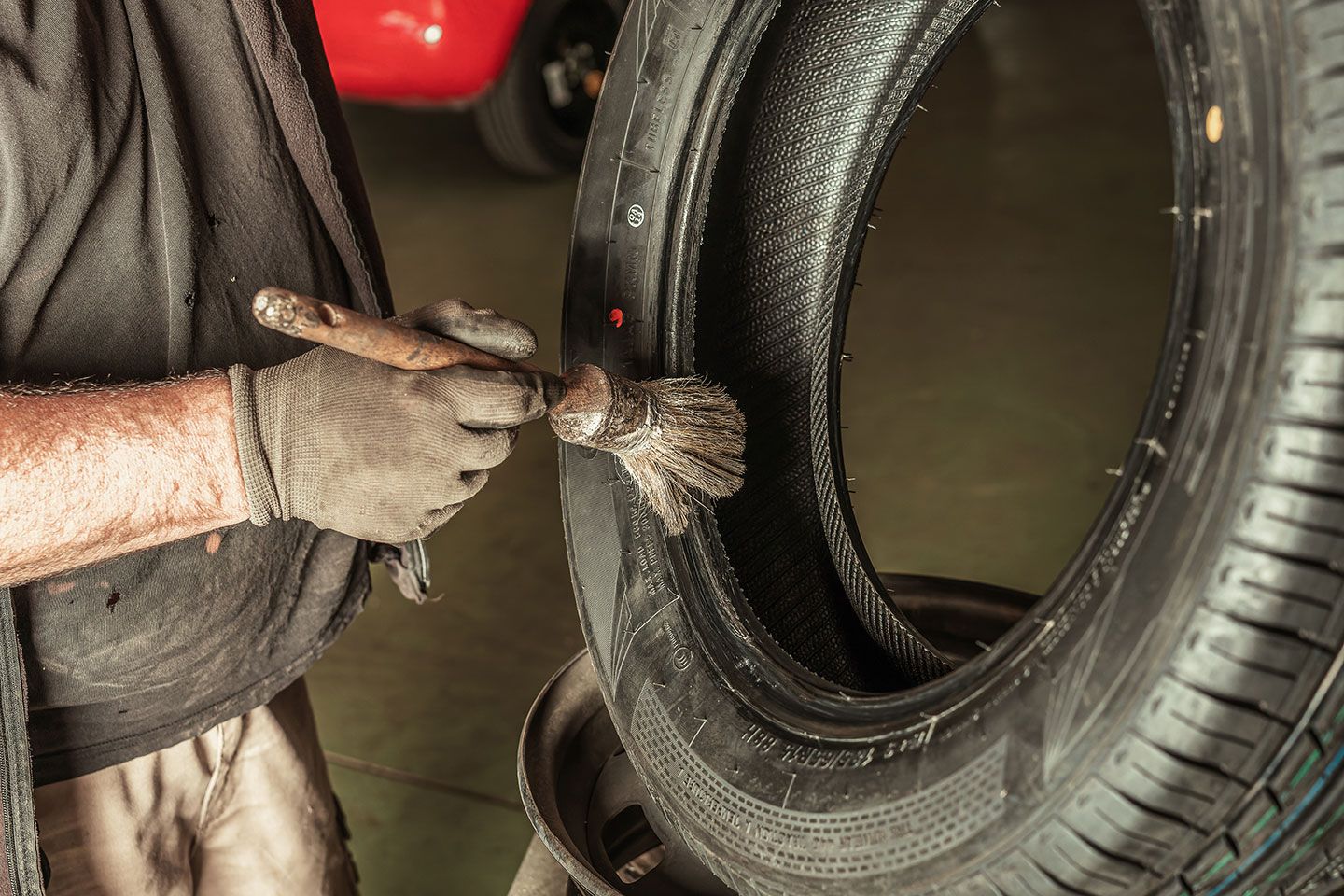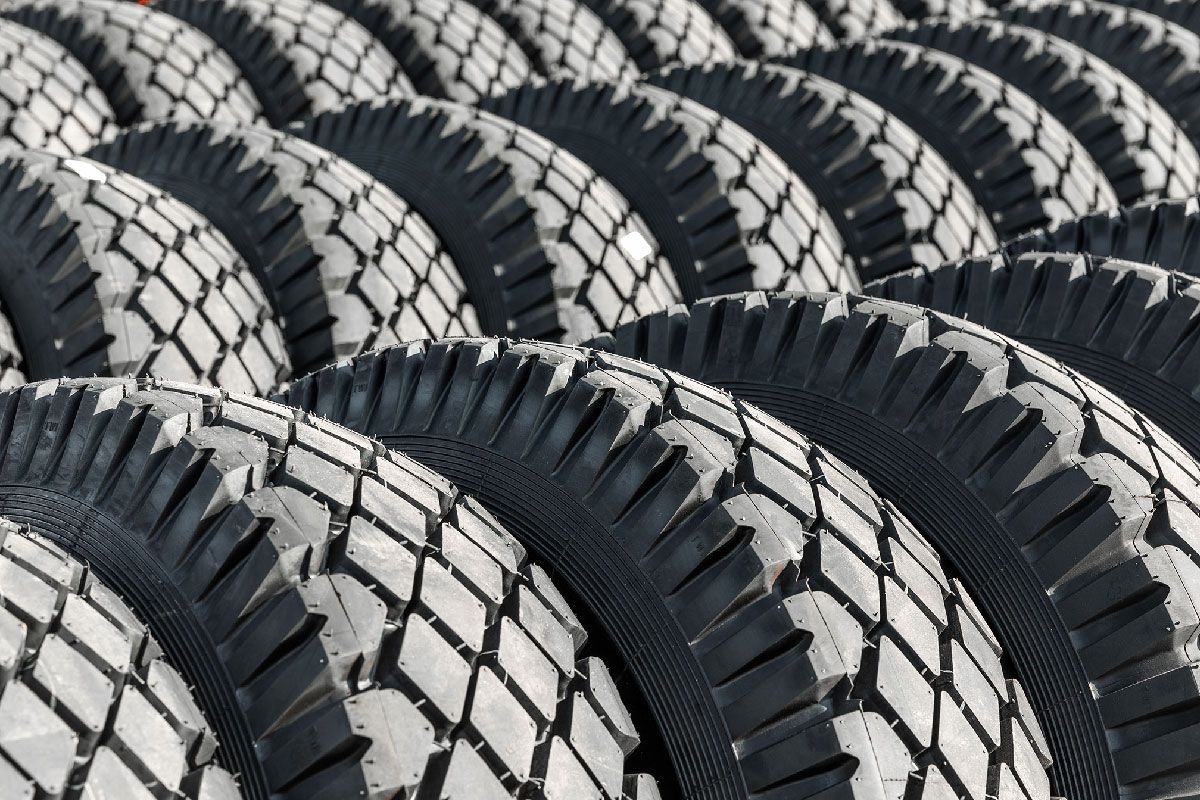All-Season vs. Performance Tires: Which is Right for You?

All-Season vs. Performance Tires: Which is Right for You?
Choosing the right tires for your vehicle can be a daunting task.
There are many factors to consider, such as the weather conditions you typically drive in and your driving habits.
Two common types of tires you'll come across are all-season and performance tires.
Each type has its own set of advantages and disadvantages.
In this article, we'll delve into the differences between all-season and performance tires.
Our goal is to help you make an informed decision on which type of tire is best suited for your driving needs.
Understanding Tire Basics
Before we dive into the specifics, let's cover some tire basics.
Tires are more than just rubber circles.
They are complex pieces of engineering designed to provide traction, support weight, and absorb road shocks.
The type of tire you choose can significantly impact your vehicle's performance and safety.
All-Season Tires Explained
All-season tires are designed to handle a variety of road conditions.
They offer a balance between good dry and wet traction with decent snow capability.
These tires are built to perform in moderate weather conditions throughout the year.
However, they may not perform as well in extreme weather conditions.
Performance Tires Explained
Performance tires, on the other hand, are designed for speed and agility.
They provide excellent grip and handling on both dry and wet roads.
However, they may not perform well in cold weather or snow.
Performance tires are typically chosen by drivers who prioritize responsiveness and handling over all-weather versatility.
Weather Performance
Weather conditions play a significant role in tire performance.
Different tires have varying capabilities in rain, snow, and warm weather.
Understanding these differences can help you make an informed decision.
Let's delve into how all-season and performance tires fare in different weather conditions.
All-Season Tires in Rain and Snow
All-season tires are designed to handle a variety of weather conditions.
They perform reasonably well in both rain and light snow.
Their tread patterns are designed to evacuate water and prevent hydroplaning.
However, in heavy snow or icy conditions, all-season tires may not provide sufficient traction.
Performance Tires in Warm Weather
Performance tires excel in warm weather conditions.
They are designed to provide superior grip and handling on both dry and wet roads.
The rubber compounds used in performance tires remain flexible in warm temperatures, enhancing traction.
However, as temperatures drop, these tires may lose some of their grip and performance.
Tread Depth and Safety
Tread depth is a crucial factor in tire safety.
It directly impacts traction and the tire's ability to evacuate water.
All-season tires typically have deeper tread depths. This helps them maintain grip in various conditions.
Performance tires, on the other hand, may have shallower treads for better road contact. However, this can lead to reduced performance in wet conditions.
Tire Longevity and Cost
When it comes to tire longevity, there are differences.
All-season tires tend to last longer than performance tires.
This is due to their harder rubber compounds.
However, the cost of tires can vary greatly depending on the brand and model.
All-Season Tire Longevity
All-season tires are designed for durability.
They can often last between 50,000 to 70,000 miles with proper maintenance.
This makes them a cost-effective choice for many drivers.
However, their performance may decline in extreme weather conditions.
Performance Tire Longevity
Performance tires, on the other hand, have a shorter lifespan.
They are made with softer rubber compounds for better grip.
This means they wear out faster, often lasting between 20,000 to 30,000 miles.
However, they provide superior handling and responsiveness, which some drivers may prefer.

Traction and Handling
Traction and handling are key factors in tire selection.
All-season tires offer decent traction in various conditions.
Performance tires, however, excel in dry and wet conditions.
But they may struggle in snow and ice.
Traction in Various Conditions
All-season tires are designed to handle a variety of road conditions.
They perform well in both dry and wet conditions.
However, their performance in snow and ice is limited.
Performance tires, on the other hand, offer excellent traction in dry and wet conditions.
Handling and Stability
When it comes to handling and stability, performance tires have the edge.
They offer superior cornering and braking capabilities.
All-season tires, however, offer a more comfortable ride.
They are less noisy and provide smoother handling on various road surfaces.
Making the Right Choice for Your Vehicle
Choosing the right tire depends on your vehicle and driving needs.
Consider the type of vehicle you drive.
Also, think about the conditions you usually drive in.
Lastly, your driving habits play a crucial role.
Consider Your Driving Conditions
Driving conditions greatly influence tire choice.
If you live in a region with mild weather, all-season tires may suffice.
For areas with severe winters, consider winter tires.
Performance tires are best for warm, dry conditions.
Consider Your Driving Habits
Your driving habits also matter.
If you enjoy spirited driving, performance tires might be your best bet.
For daily commuting, all-season tires could be more practical.
Remember, safety should always be your top priority.
Conclusion: Balancing Factors for the Best Tire Selection
Choosing between all-season and performance tires involves balancing various factors.
Consider your driving conditions, habits, and the type of vehicle you own.
Remember, no tire excels in all conditions.
Make an informed decision for a safer, more enjoyable driving experience.



